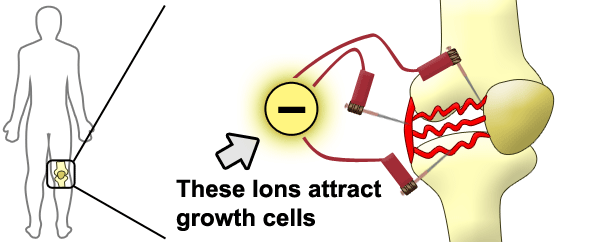Patellar Knee Pain and PINS-Prolotherapy


* This illustration is only for purposes of explaining the theory and goals of PINS-Prolotherapy and not to be taken literally as a fact or garuntee of success.
Patellar pain, or patellofemoral pain syndrome, is a pain somewhere near the front of the knee, usually more toward either the medial (inside) or lateral (outside). This pain is normally worsened by squatting, running, or stair climbing, although a common time of increased pain is after the knee is allowed to rest and is confined motionless (cinema sign). It is based on a misalignment of the knee cap (patella) as it travels along the trochlear groove at the front of the femur and tibia. The repetitive travel of this misaligned knee cap as the patient bends the knee can cause a wrenching or straining of the two structures that attach the patella, that is, the quadriceps tendon (above) and the patellar ligament (below). This leads to patellar tendonitis. The same forces can inflame or degenerate the cartilage on the underside of the patella and on the front of the femur and tibia. We call this effect chondromalacia patellae. The continual jerking of the crooked patella during running activities can further cause a strain of the iliotibial band causing lateral knee pain known as Runner's Knee.
So the real answer to the problem is to restore the normal patella alignment and reduce the cartilage wear. This is accomplished by Prolotherapy. With the P.I.N.S. Prolotherapy technique small acupuncture needles connected to a special type of direct current are inserted into the overstretched and micro-torn tissues in order to pull the patella back on track permanently. Some of the insertions effect the production of new cartilage under the knee cap. The entire process normally takes about 10 visits at a rate of one or two per week. After this the patient is allowed to resume his normal running activities. Like most superficial conditions patellofemoral pain syndrome is easily reached by the prolotherapy and this increases the likelihood of success.
Return to the Articles Page
Return to the Where's Your Pain? Page



